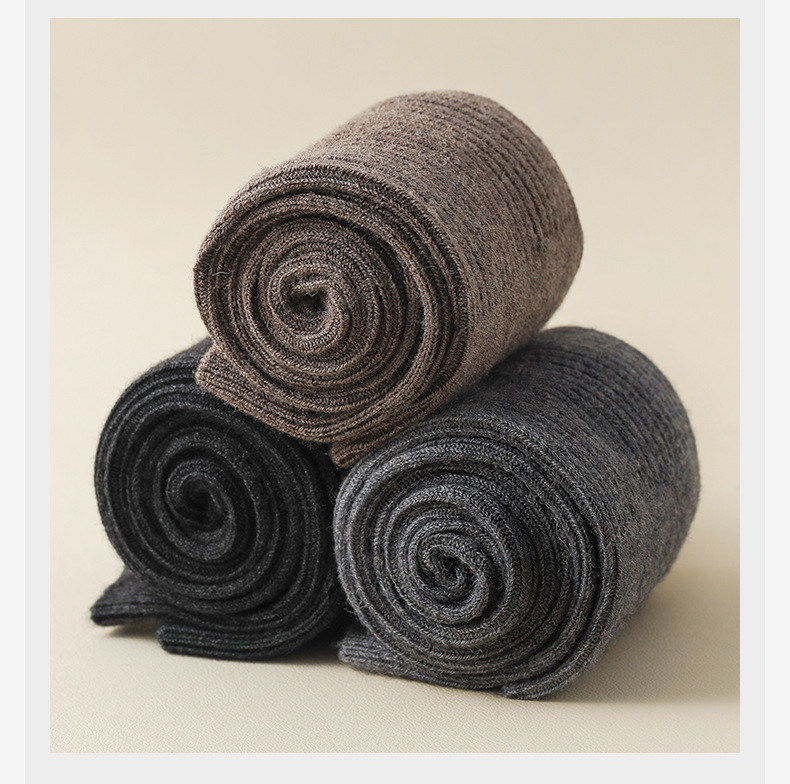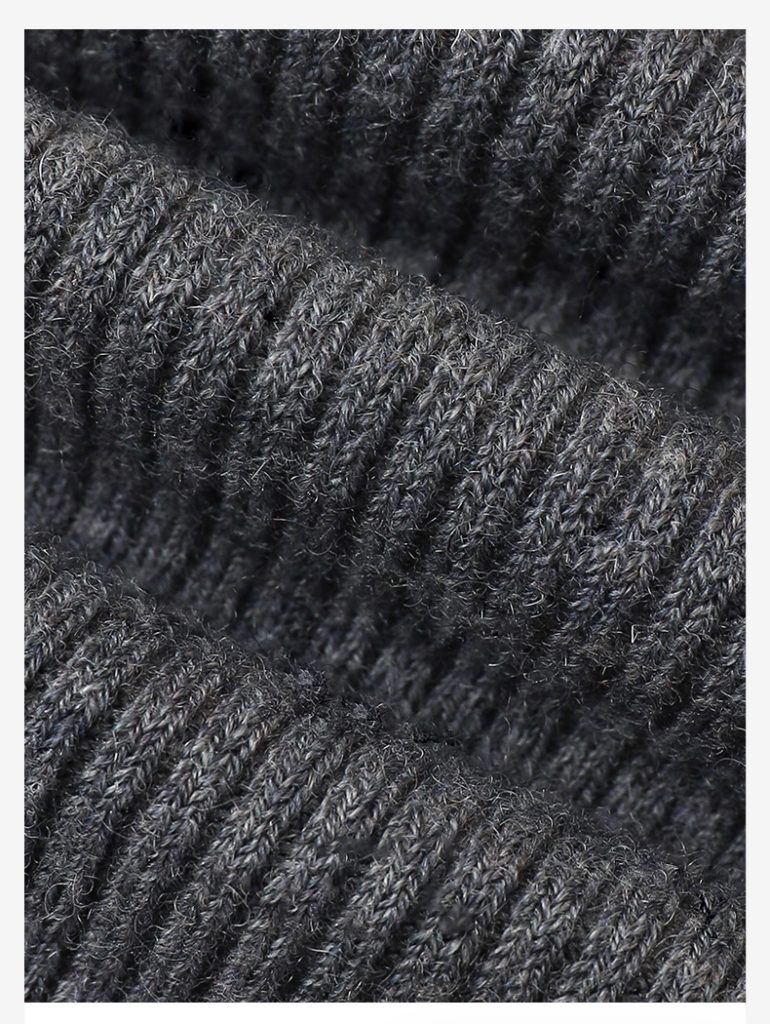
I. Introduction
Merino wool socks have long been recognized as a premium choice in the world of hosiery. Their unique properties make them not only a comfortable and practical option but also a symbol of quality and style. This article will delve into the various aspects of merino wool socks, from their historical significance to their performance in different settings.
II. History and Background
A. Origins of Merino Wool
Merino wool has a long – standing history dating back centuries. It is derived from the Merino sheep, which are native to the Iberian Peninsula. The wool from these sheep was highly valued for its softness, fineness, and warmth. In the 18th century, Merino sheep were introduced to other parts of the world, including Australia and New Zealand, where they thrived and became an important source of wool.
B Evolution of Merino wool socks
The evolution of merino wool socks can be traced back to the early days when wool was used for basic socks to keep feet warm. Over time, the manufacturing process has improved, and merino wool socks have become more sophisticated. Today, they are available in a wide range of styles and designs, from simple everyday socks to high – performance athletic socks.
III. Characteristics of Merino wool
A Softness and Comfort
Merino wool is known for its softness. It has a smooth texture that feels gentle against the skin. The fibers are fine and flexible, allowing the socks to conform to the shape of the foot without causing irritation. This makes it ideal for long – term wear, whether it’s during a long day at work or a strenuous athletic activity.
B Moisture – wicking properties
One of the key features of merino wool socks is their ability to wick away moisture. Merino wool fibers can absorb moisture from the skin and then transfer it to the outer surface of the sock. This helps keep the feet dry and comfortable, even in wet conditions. For example, when wearing merino wool socks during a hike, the moisture from sweat is quickly absorbed and evaporated, preventing the feet from feeling damp.
C Breathability
Merino wool is highly breathable. It allows air to circulate through the socks, keeping the feet cool and fresh. The natural fibers have small pores that allow air to pass through, which helps prevent the build – up of heat and moisture. This makes merino wool socks suitable for a wide range of activities, from indoor to outdoor sports.
D Durability
Merino wool socks are durable. The wool fibers is strong and resilient, able to withstand wear and tear. It can be machine – washed and dried without losing its shape or quality. However, it’s important to follow proper care instructions to ensure the longevity of the socks.
IV Merino wool socks in different settings
A Everyday wear
Merino wool socks are suitable for everyday wear. They can be worn with regular shoes or boots, providing comfort and warmth. Their softness and moisture – wicking properties make them ideal for long – term use, whether it’s walking around the city or sitting at the office.
B Athletic performance
For athletes, merino wool socks offer several advantages. They can help improve performance by keeping the feet dry and comfortable. The moisture – wicking properties also reduce the risk of blisters and foot problems. In sports like running, cycling, and hiking, merino wool socks can enhance the overall experience.
C Cold weather protection
Merino wool socks are excellent for cold weather. They provide insulation and warmth, making them ideal for winter sports. The wool fibers can trap air between its strands, creating a layer of warmth around the feet. In addition, the moisture – wicking properties help keep the feet dry even in cold and wet conditions.
V Design and styles
A Color and patterns
Merino wool socks come in a wide range of colors and patterns. They can be dyed in various colors, from natural earthy tones to bright and vibrant hues. The patterns can range from simple stripes to more complex designs, such as geometric or floral patterns. This allows users to choose socks that match their personal style and preferences.
B Length and thickness
Merino wool socks are available in different lengths and thicknesses. The length can range from ankle – length to knee – length, depending on the intended use. The thickness can also vary, with some socks being more lightweight and others being thicker for added warmth.
C Compression and support
Some merino wool socks are designed with compression and support features. These socks can help improve blood circulation and reduce swelling in the feet and legs. They are often used by athletes or people with medical conditions.
VI Manufacturing and production
A Wool sourcing
The quality of merino wool socks depends on the sourcing of the wool. Merino wool from Australia and New Zealand is highly regarded for its quality and purity. The sheep are carefully raised and maintained to ensure the production of high – quality wool.
B Manufacturing process
The manufacturing process of merino wool socks involves several steps. It includes spinning the wool into yarn, knitting or weaving the socks, and finishing the socks with various treatments. The manufacturing process is carefully controlled to ensure the quality and performance of the socks.
C Quality control
Quality control is an important aspect of merino wool sock production. The socks are inspected for defects, such as holes, loose threads, or color fastness. The quality control measures ensure that the socks meet the high standards of the industry.
VII Environmental impact
A Sustainability
Merino wool is a sustainable material. It is biodegradable and can be recycled. The production of merino wool socks also has a relatively low environmental impact compared to other synthetic materials. However, the use of pesticides and chemicals in the production process can have an impact on the environment.
B Ethical considerations
There are ethical considerations in the production of merino wool socks. The welfare of the sheep and the workers involved in the production process are important factors. The use of sustainable practices and fair labor standards can ensure the ethical production of merino wool socks.
VIII Conclusion
Merino wool socks offer a combination of comfort, performance, and style. Their unique properties make them suitable for a wide range of activities and settings. Whether it’s for everyday wear or high – performance sports, merino wool socks are a valuable addition to any wardrobe. As the demand for merino wool socks continues to grow, it’s important to consider the environmental and ethical aspects of their production. By understanding the characteristics and production of merino wool socks, we can make informed choices and enjoy the benefits of this wonderful material.

